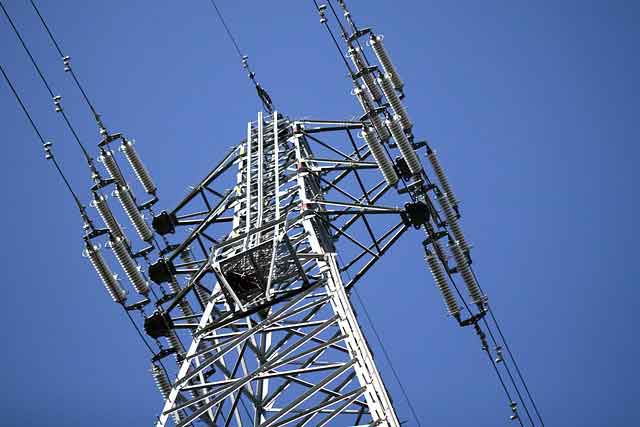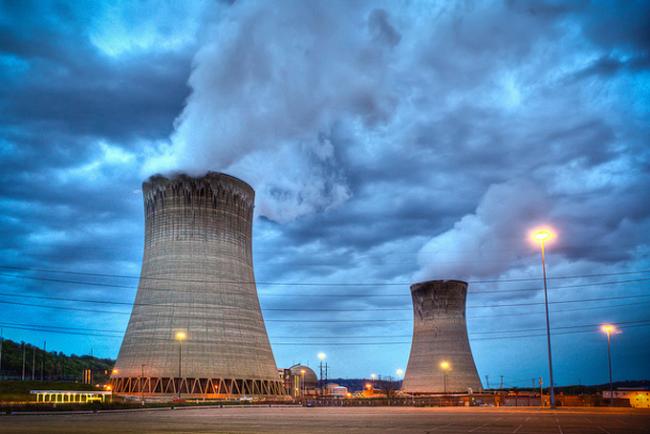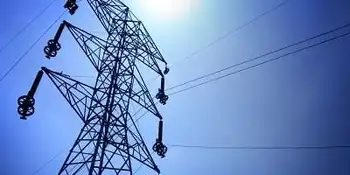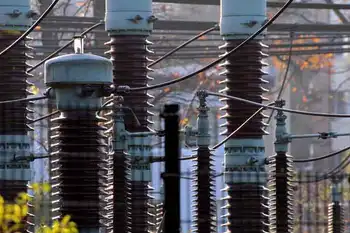Coal ash more radioactive than nuclear waste
By Scientific American
Electrical Testing & Commissioning of Power Systems
Our customized live online or in‑person group training can be delivered to your staff at your location.

- Live Online
- 12 hours Instructor-led
- Group Training Available
Coal, meanwhile, is believed responsible for a host of more quotidian problems, such as mining accidents, acid rain and greenhouse gas emissions. But it isn't supposed to spawn three-eyed fish like Blinky.
Over the past few decades, however, a series of studies has called these stereotypes into question. Among the surprising conclusions: the waste produced by coal plants is actually more radioactive than that generated by their nuclear counterparts. In fact, fly ash — a by-product from burning coal for power — contains up to 100 times more radiation than nuclear waste.
At issue is coal's content of uranium and thorium, both radioactive elements. They occur in such trace amounts in natural, or "whole," coal that they aren't a problem. But when coal is burned into fly ash, uranium and thorium are concentrated at up to 10 times their original levels.
Fly ash uranium sometimes leaches into the soil and water surrounding a coal plant, affecting cropland and, in turn, food. People living within a "stack shadow" — the area within a half- to one-mile (0.8- to 1.6-kilometer) radius of a coal plant's smokestacks — might then ingest small amounts of radiation. Fly ash is also disposed of in landfills and abandoned mines and quarries, posing a potential risk to people living around those areas.
In a 1978 paper for Science, J. P. McBride at Oak Ridge National Laboratory (ORNL) and his colleagues looked at the uranium and thorium content of fly ash from coal-fired power plants in Tennessee and Alabama. To answer the question of just how harmful leaching could be, the scientists estimated radiation exposure around the coal plants and compared it with exposure levels around boiling-water reactor and pressurized-water nuclear power plants.
The result: estimated radiation doses ingested by people living near the coal plants were equal to or higher than doses for people living around the nuclear facilities. At one extreme, the scientists estimated fly ash radiation in individuals' bones at around 18 millirems (thousandths of a rem, a unit for measuring doses of ionizing radiation) a year. Doses for the two nuclear plants, by contrast, ranged from between three and six millirems for the same period. And when all food was grown in the area, radiation doses were 50 to 200 percent higher around the coal plants.
McBride and his co-authors estimated that individuals living near coal-fired installations are exposed to a maximum of 1.9 millirems of fly ash radiation yearly. To put these numbers in perspective, the average person encounters 360 millirems of annual "background radiation" from natural and man-made sources, including substances in Earth's crust, cosmic rays, residue from nuclear tests and smoke detectors.
Dana Christensen, associate lab director for energy and engineering at ORNL, says that health risks from radiation in coal by-products are low. "Other risks like being hit by lightning," he adds, "are three or four times greater than radiation-induced health effects from coal plants." And McBride and his co-authors emphasize that other products of coal power, like emissions of acid rain–producing sulfur dioxide and smog-forming nitrous oxide, pose greater health risks than radiation.
The U.S. Geological Survey (USGS) maintains an online database of fly ash–based uranium content for sites across the U.S. In most areas, the ash contains less uranium than some common rocks. In Tennessee's Chattanooga shale, for example, there is more uranium in phosphate rock.
Robert Finkelman, a former USGS coordinator of coal quality who oversaw research on uranium in fly ash in the 1990s, estimates that for the average person the by-product accounts for less than 0.1 percent of total background radiation exposure. According to USGS calculations, buying a house in a stack shadow — in this case within 0.6 mile (one kilometer) of a coal plant — increases the annual amount of radiation you're exposed to by a maximum of 5 percent. But that's still less than the radiation encountered in normal yearly exposure to X-rays.
So why does coal waste appear so radioactive? It's a matter of comparison: The chances of experiencing adverse health effects from radiation are slim for both nuclear and coal-fired power plants — they're just somewhat higher for the coal ones. "You're talking about one chance in a billion for nuclear power plants," Christensen says. "And it's one in 10 million to one in a hundred million for coal plants."
Radiation from uranium in coal might only form a genuine health risk to miners, Finkelman explains. "It's more of an occupational hazard than a general environmental hazard," he says. "The miners are surrounded by rocks and sloshing through ground water that is exuding radon."
Developing countries like India and China continue to unveil new coal-fired plants — at the rate of one every seven to 10 days in the latter nation. And the U.S. still draws around half of its electricity from coal. But coal plants have an additional strike against them: they emit harmful greenhouse gases.
With the world now focused on addressing climate change, nuclear power is gaining favor in some circles. China aims to quadruple nuclear capacity to 40,000 megawatts by 2020, and the U.S. may build as many as 30 new reactors in the next several decades. But, although the risk of a nuclear core meltdown is very low, the impact of such an event creates a stigma around the noncarbon power source.
The question boils down to the accumulating impacts of daily incremental pollution from burning coal or the small risk but catastrophic consequences of even one nuclear meltdown. "I suspect we'll hear more about this rivalry," Finkelman says. "More coal will be mined in the future. And those ignorant of the issues, or those who have a vested interest in other forms of energy, may be tempted to raise these issues again."











